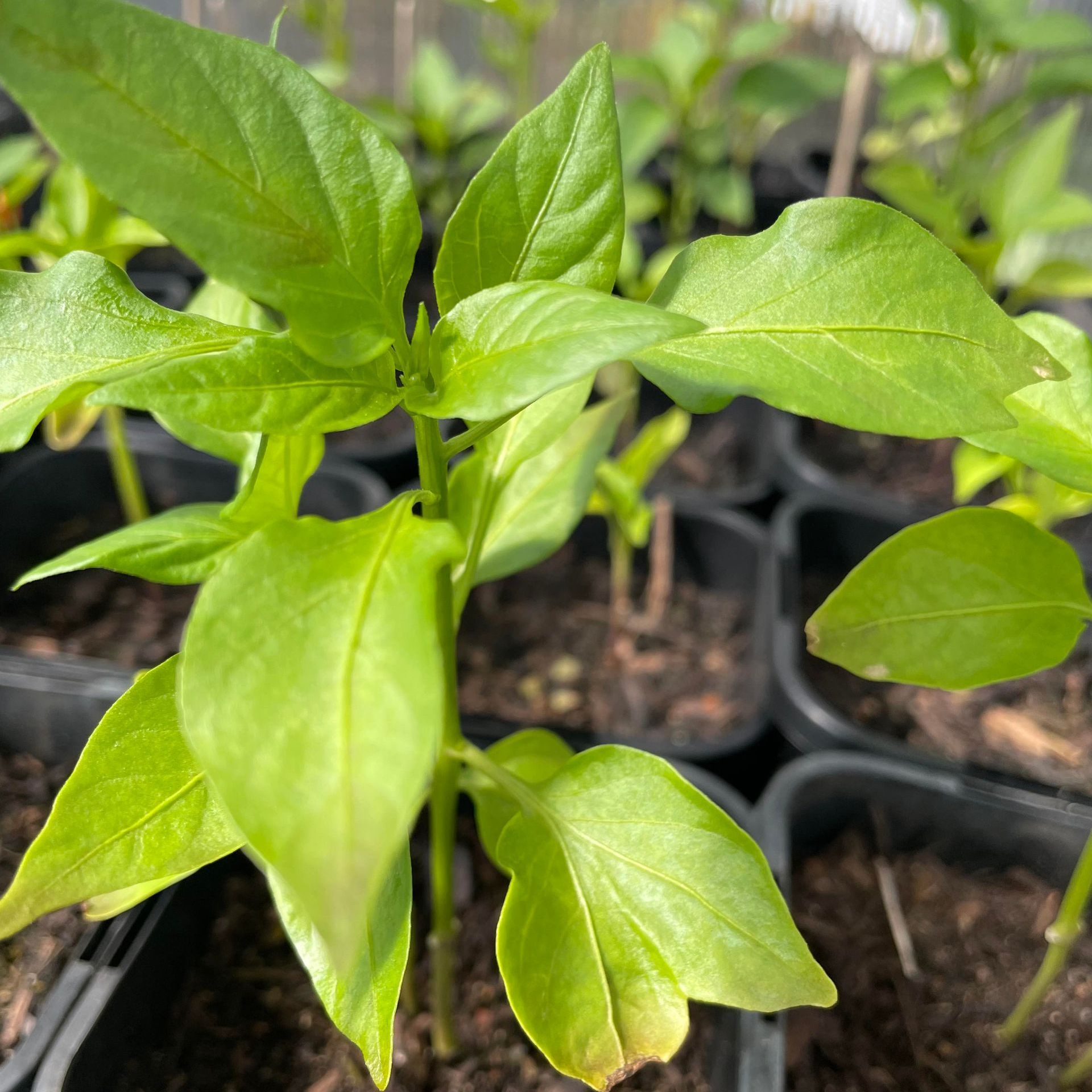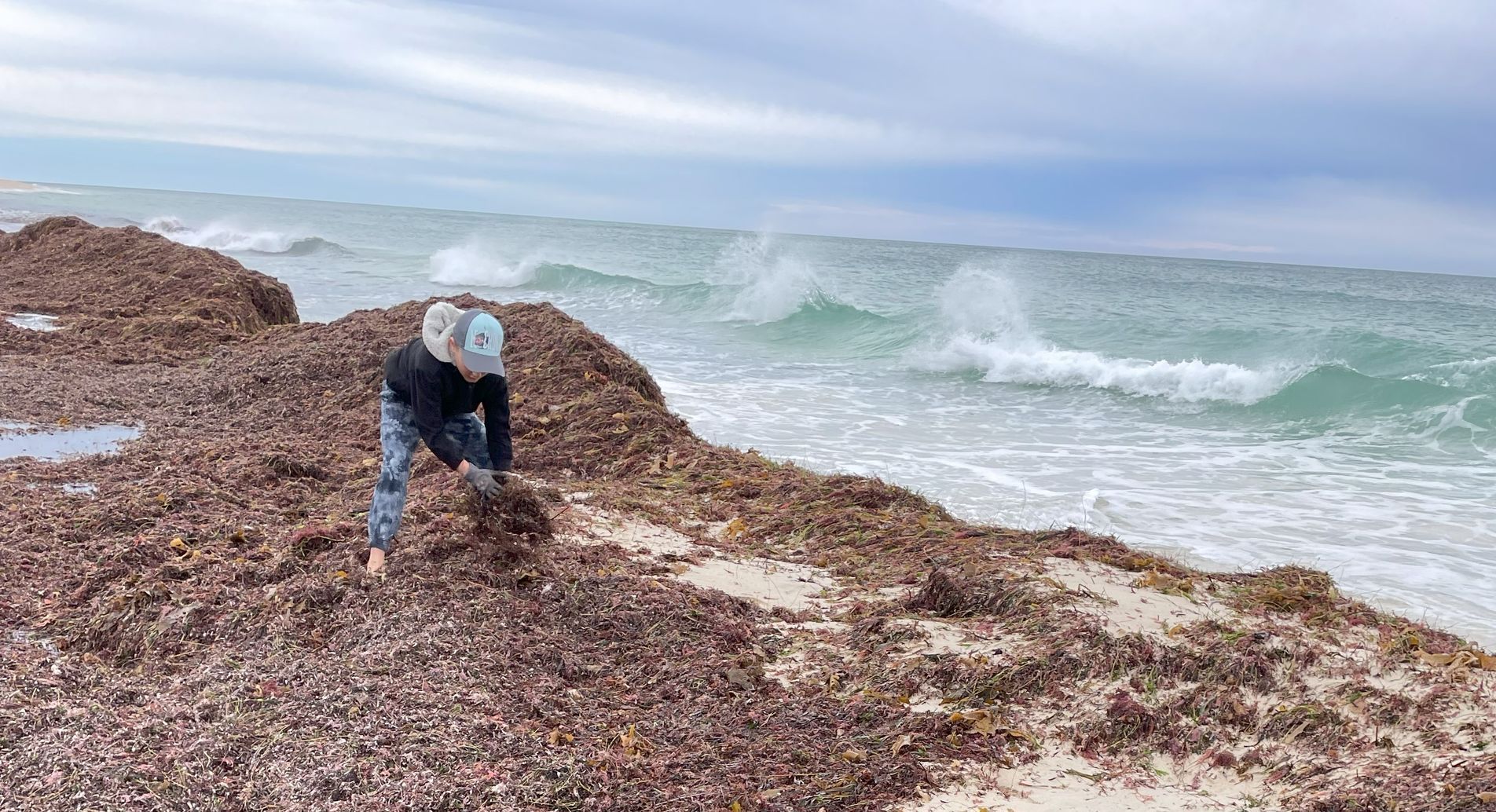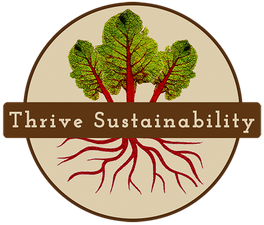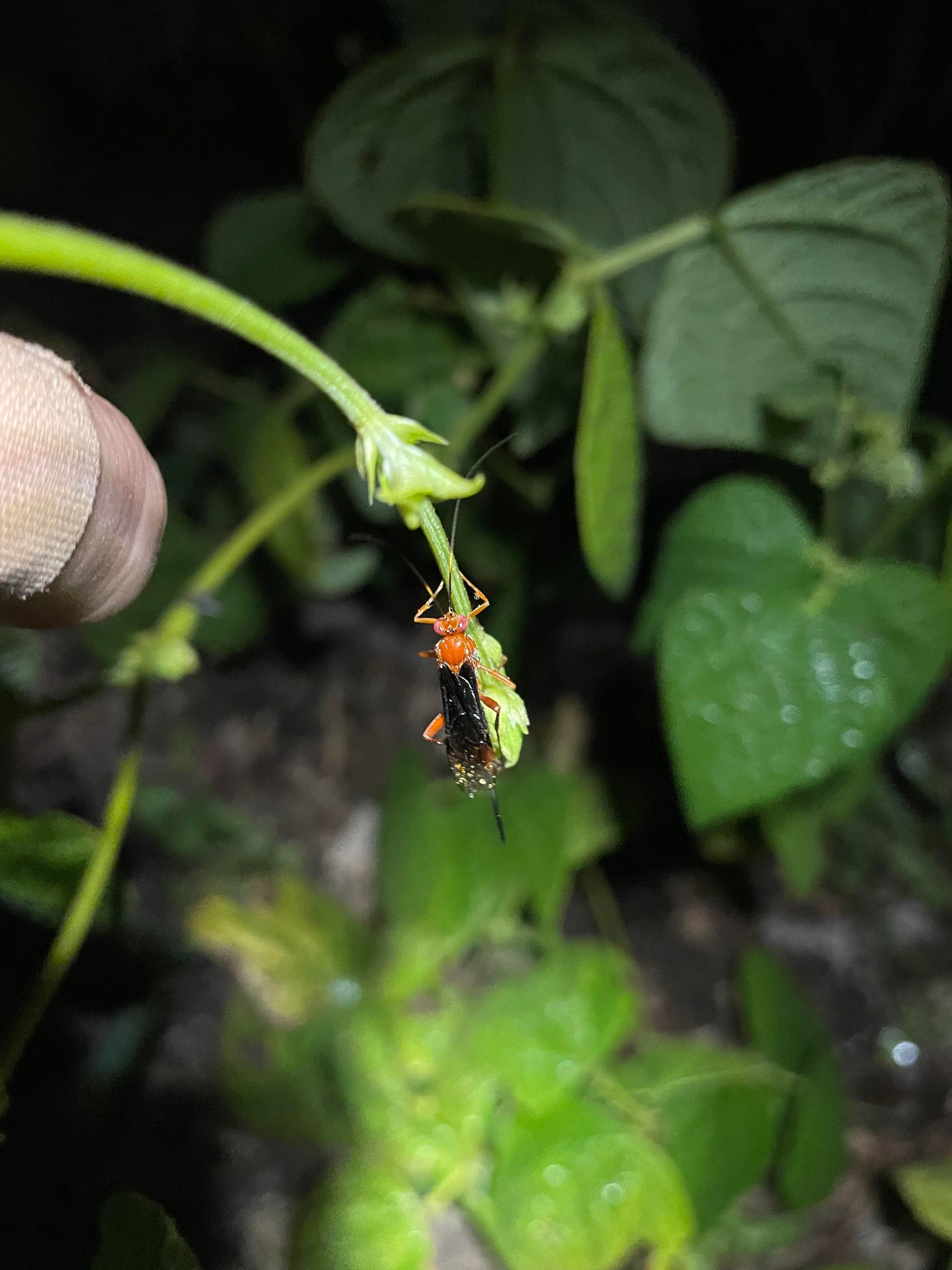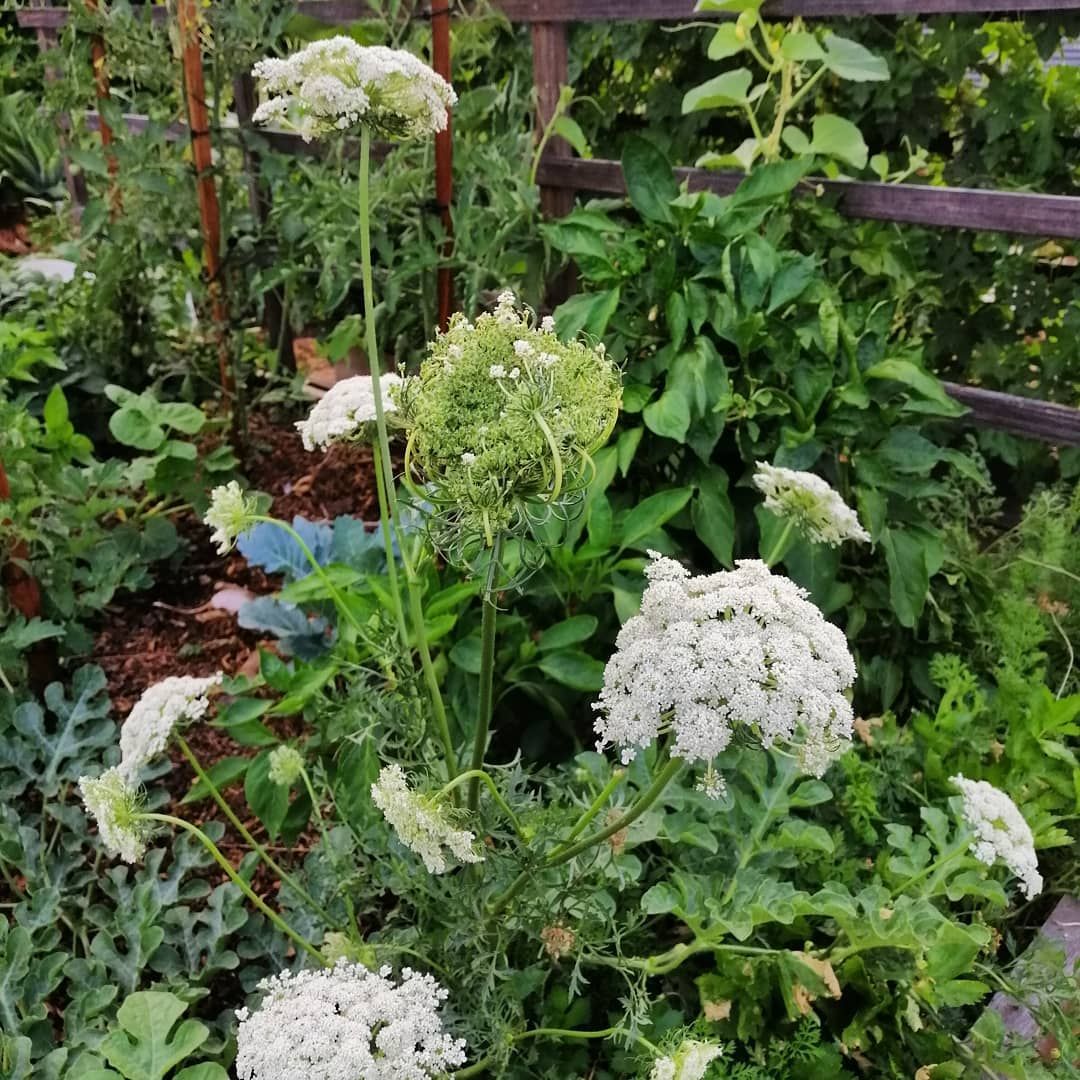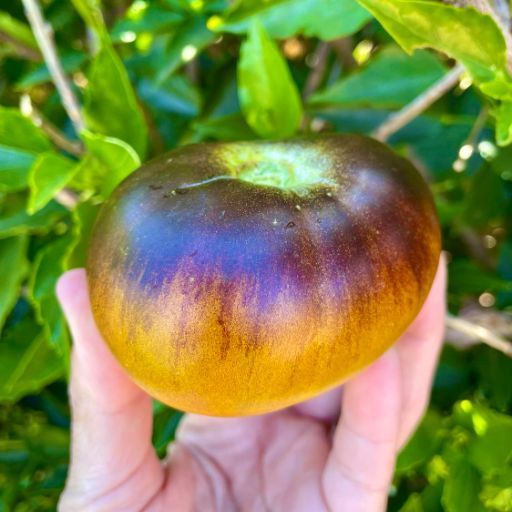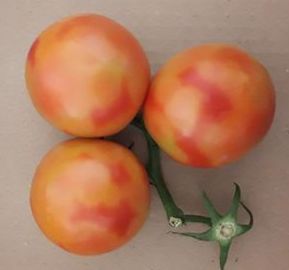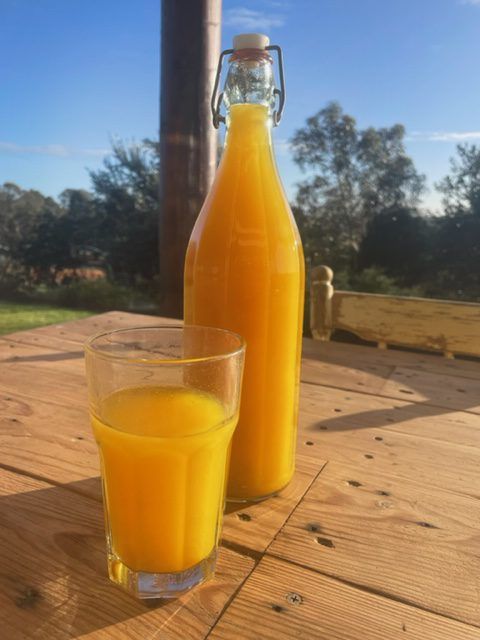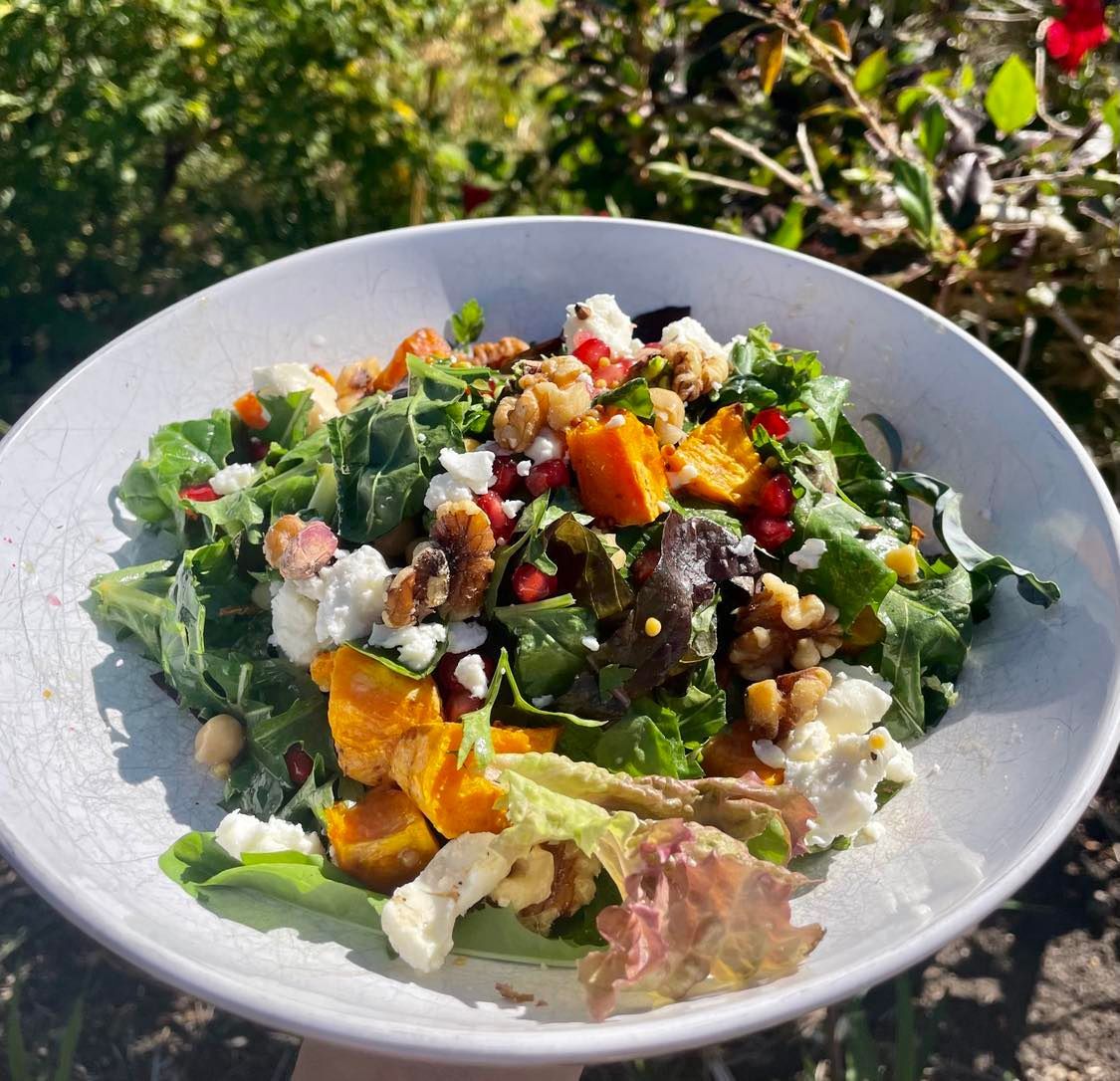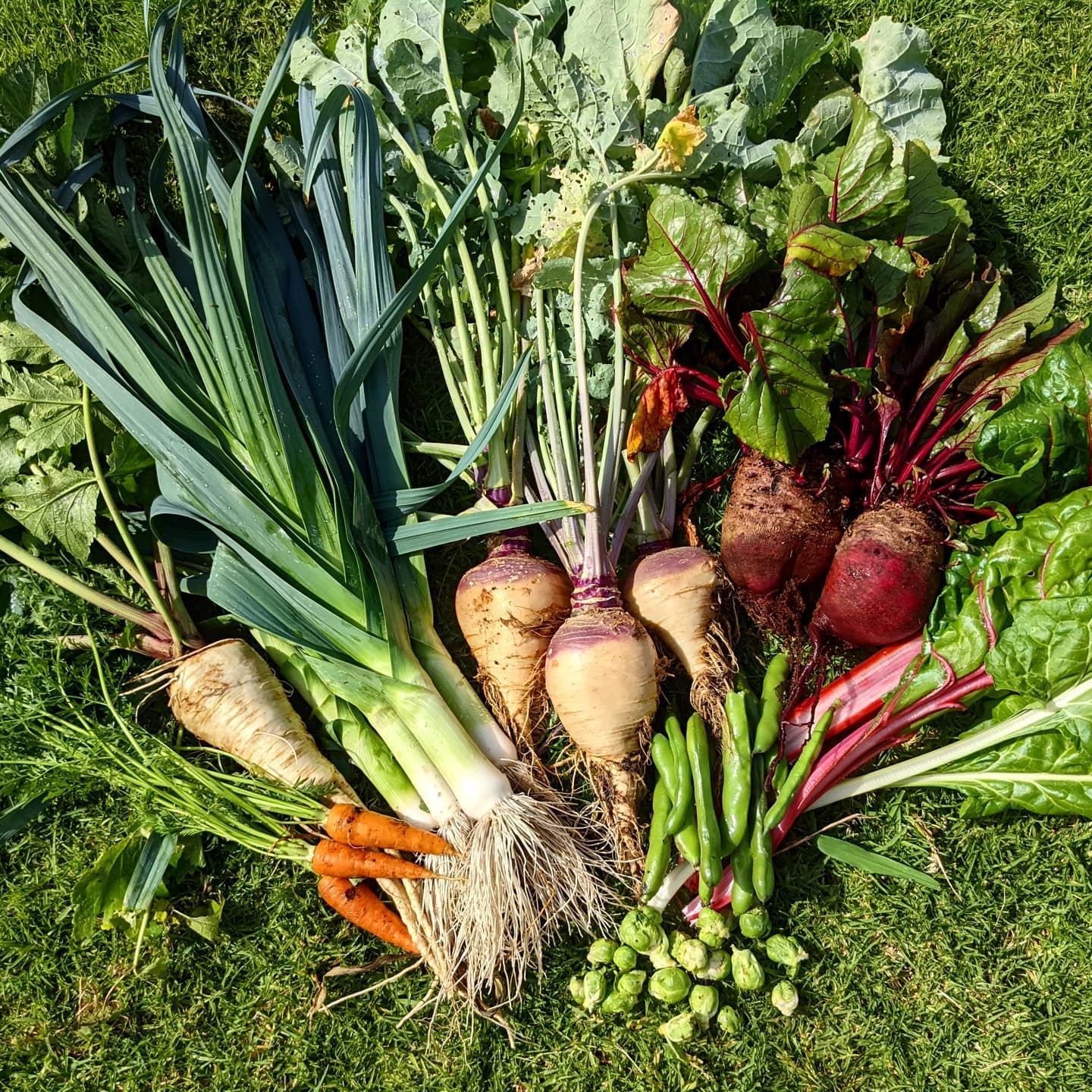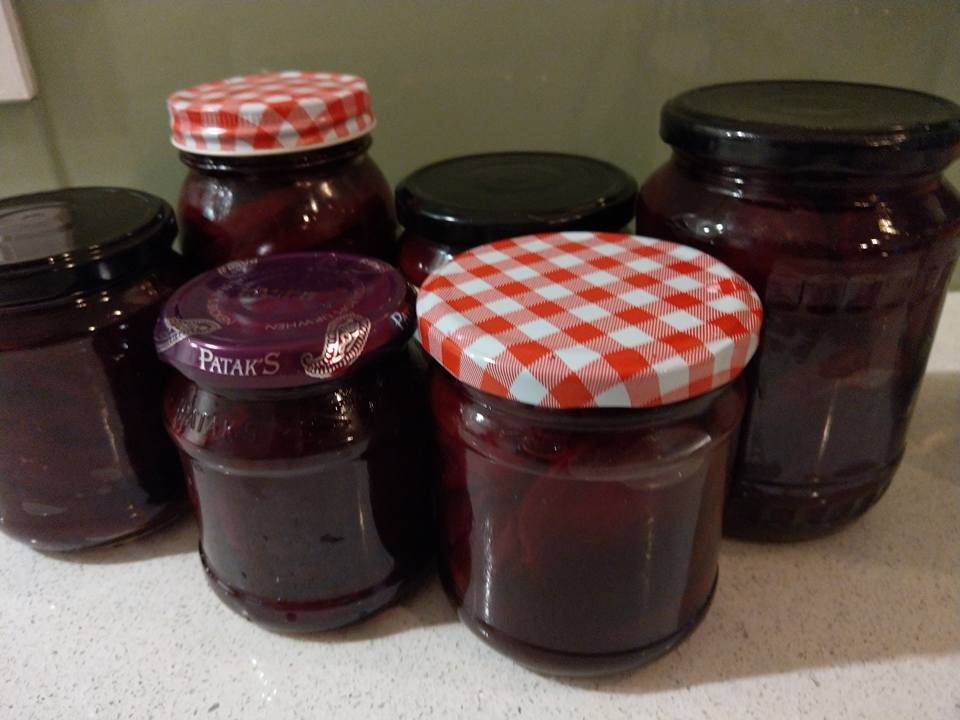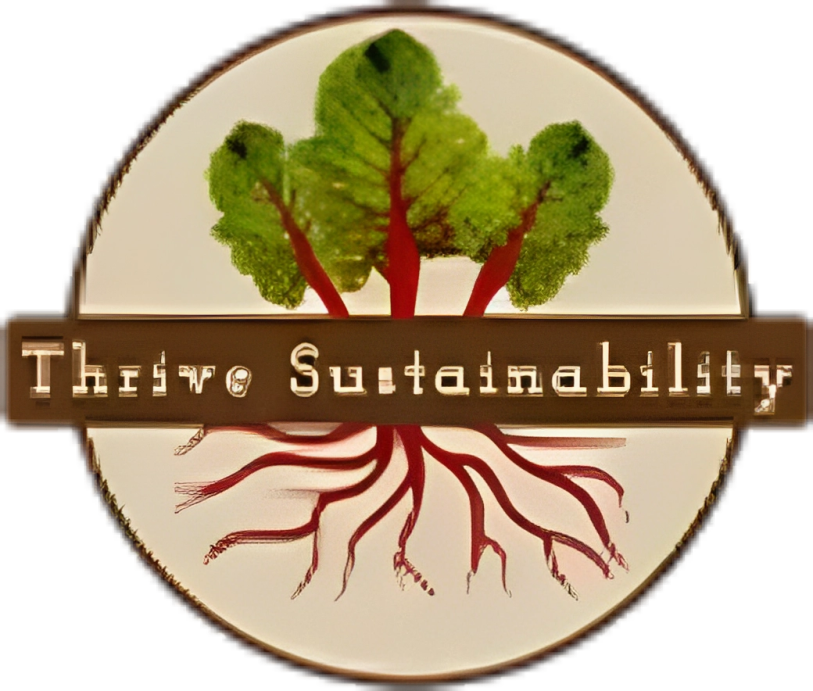Bugs aren't bad -Pollinators, Predators and Parasitoids - the superheroes of your veggie patch.
Australia's unique ecosystems are home to a variety of insects that play vital roles in maintaining healthy gardens. Beneficial insects play 3 important roles in the veggie patch.
Pollinators: These insects pollinate flowers and without them growing fruit and vegetables would be almost impossible. Examples include bees, butterflies, flies, and moths.
Predators: These insects eliminate pests by eating them. Examples include ladybugs, praying mantids, and green lacewing larvae.
Parasitoids: These insects lay their eggs on or inside other insects, which then become food for the developing larvae. Examples include wasps and flies.
Pictured below: Homemade bee hotels, blue banded bee's, Lacewing egg on a mulberry fruit.
Pictured above : Parasitic wasps Blue hairy flower wasps and a Lissopimpla excelsa, a praying mantis and Carrot flowers to attract beneficial insects such as hoverflies.
All photo's taken at Thrive Sustainability, where we manage the property organically without the use of chemical pesticides and herbicides.
Bees are essential for pollination, helping to fertilize plants and increase fruit and vegetable yields. Australia is home to both native bees and the introduced honeybee. Encourage bees by planting a variety of flowering plants and avoiding pesticides.
Nearly all of Australia’s 1,700 native bee species are solitary. Many lay their young in small borer holes in logs and crevices in rotting wood. We can provide habitat and nesting places in the garden by making bee hotels, such as these simple tin cans filled with varying sizes of bamboo cut offs.
Lacewings, particularly their larvae, are voracious predators of aphids, caterpillars, and mites. The adults feed on nectar and pollen, so planting flowers like cosmos and yarrow can help attract them to your garden.
Hoverflies are another great ally against aphids, thrips, and other pests. Their larvae feed on these insects, while the adults act as pollinators. Planting bright, open flowers such as marigolds and sunflowers can attract hoverflies. They also love Umbellifers - flowering plants that are part of the Apiaceae family. We often have carrots and celery that has been left to flower that really attracts beneficial insects.
Parasitic wasps help control caterpillars, beetles, and fly larvae by laying their eggs inside or on these pests. When the wasp larvae hatch, they consume their host. These wasps are attracted to gardens with diverse range of flowering plants.
Praying mantises are generalist predators that eat a wide variety of insects, including pests like grasshoppers, beetles, and caterpillars. They can be attracted to your garden by providing plants that offer good hiding spots, like shrubs and tall grasses.
Tips for Encouraging Beneficial Insects
Plant Diversity: A mix of flowers, herbs, and vegetables can attract a variety of beneficial insects.
Avoid Pesticides: Many Pesticides that can harm beneficial insects.
Provide Shelter: Rocks, logs, and garden debris can offer habitat for insects.
By fostering a garden environment that supports these beneficial insects, you can create a more resilient and productive garden.
